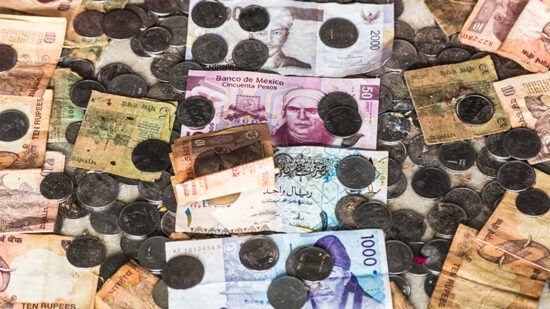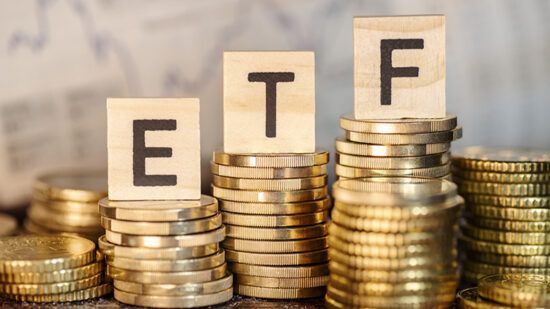Multi-strategy absolute return funds aim to “provide positive investment returns in all market conditions over the medium to long term”, as the largest of these funds, the Standard Life GARS fund (> €45bn (£38bn, $50bn) in AuM), states in its prospectus. Attracted by the promise of uncorrelated returns generated by using instruments such as derivatives and swaps, investors across Europe have been piling into multi-strategy absolute return funds, which have seen net inflows of €64bn over the past years.
Dissatisfaction abound
However, most of these funds have failed to fulfil their promises: they are either correlated to equity and/or bond markets or, if they are not, fail to deliver returns. In the chart below, you can see how some of the most popular multi-strategy funds have performed over the past three years. Until February 2015, everything seemed fine. However, when equity and bond markets started showing some volatility, most multi-strategy funds began to struggle.
Your reporter couldn’t find a single investor who was outright satisfied about their multi-strategy absolute return portfolio. “The returns are an issue. It’s hard to find a fund that has a Sharpe-ratio that is consistently above 1,” says Arild Orgland, managing partner of the Norwegian wealth manager Industrifinans. And when a fund underperforms, you’ll have to be able to explain to a client why this is the case, notes Orgland. “But because most of these funds are quite complicated, you can’t demand from private clients that they understand these funds. Therefore we only use multi-strategy funds for professional clients.” For retail clients, Orgland prefers short-duration bonds or cash to make the portfolios of his private clients turbulence-resilient.

A lone star
Only one of more than a dozen multi-strategy funds available for sale in Europe has managed to deliver decent returns combined with low volatility, resulting in a phenomenal 3-year Sharpe ratio of 1.78%: the Nordea Stable Return Fund. Even though the fund tends to have a net equity exposure of 40-50%, it has so far avoided any major drawdowns and has controlled volatility extremely well. Unfortunately, the fund has been soft closed since 7 September after seeing net inflows of €10bn year-to date.
This is of little surprise, considering the rather disappointing track records of most of the fund’s competitors. The aforementioned GARS fund has managed to limit volatility, but is down 5% over the past 18 months, with no sign of performance improving. The Aviva Investors Multi Strategy Target Return Fund, led by a team of former GARS managers, is suffering from more or less the same problem, though its returns are slightly better.
The Invesco Global Targeted Returns fund, another fund managed by a former GARS-man which was founded in the autumn of 2013, went off to a great start, but has struggled to produce any returns over, indeed, the past 18 months. While the fund has limited volatility to about a third of global equities, it hasn’t produced any returns after costs to investors who entered the fund at the start of 2015.







